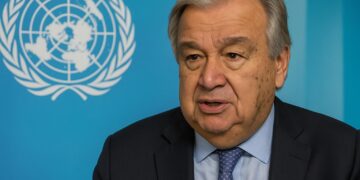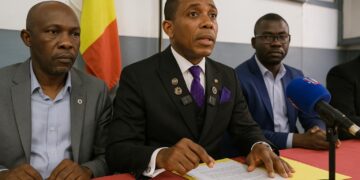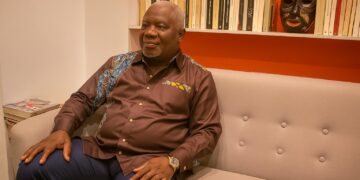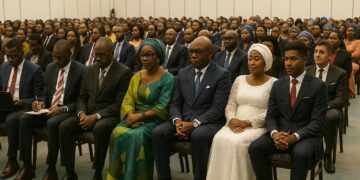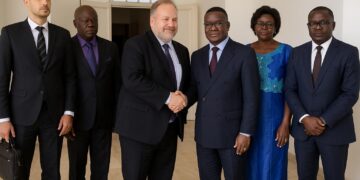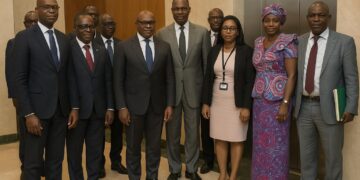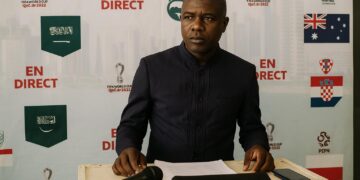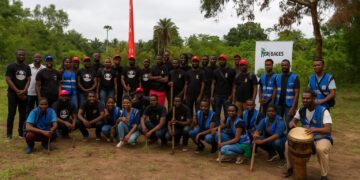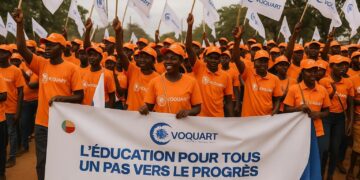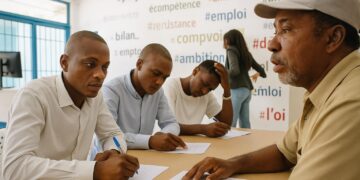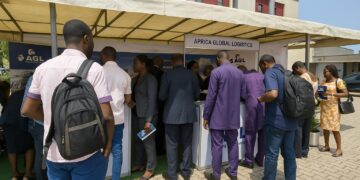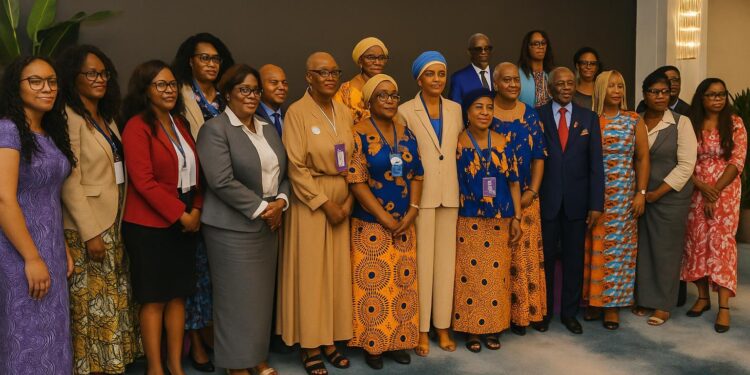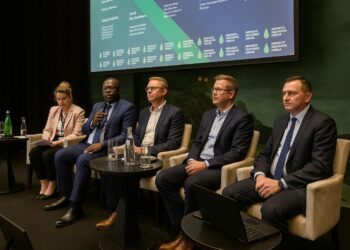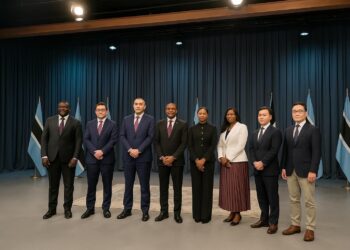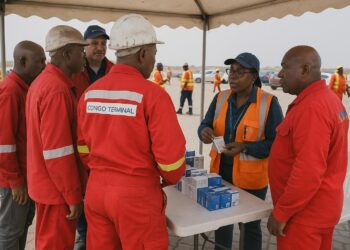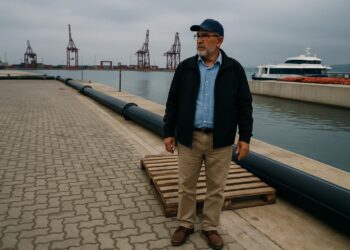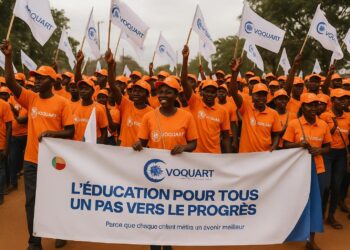Gender Financing Gap in Congo-Brazzaville
In Brazzaville, policymakers agree that unlocking female entrepreneurship is pivotal to diversify an economy still dominated by oil. Yet surveys show only one Congolese woman entrepreneur out of ten obtains a bank loan, mirroring the continent-wide average highlighted by the World Bank Findex 2021 dataset.
UNDP’s regional director Ahunna Eziakonwa reminds that women generate nearly 60 percent of informal agricultural output, but capture less than 15 percent of its commercial value (UNDP 2022). Closing this disparity, she argues, would add an estimated 3 percentage points to Congo-Brazzaville’s non-oil GDP within five years.
Forum Highlights and Key Voices
The second Economic Women Forum, convened under the theme “Genius Inclusion Financière”, opened with a clear call: shift women from the margins of value chains into boardrooms. First Lady’s chief of staff Blandine Malila framed inclusion as a constitutional right and a practical route to national competitiveness.
Close to 400 delegates, including rural cooperatives and start-ups from Pointe-Noire’s digital hub, spent three days mapping bottlenecks. Panellists insisted that gender-responsive budgeting, credit-guarantee schemes and mental-health support must advance together if the financing pipeline is to become genuinely gender-blind yet socially impactful.
Bank Lending and Alternative Capital
Commercial banks report solid liquidity but conservative collateral policies. According to the Bank of Central African States, only 8 percent of their outstanding portfolio in Congo targets micro, small and medium enterprises, and women-owned firms receive barely a quarter of that share (BEAC 2023).
Forum speakers proposed a blended-finance window combining state guarantees, development-bank concessional lines and private equity. Ecobank Congo confirmed exploratory talks for a 20-million-euro facility focused on women-led agribusiness clusters, subject to risk-sharing with the African Development Bank and the national guarantee fund.
Digital Solutions and Fintech Momentum
Beyond traditional lending, fintech firms showcased mobile-based savings circles, micro-insurance and invoice-discounting tools. Brazzaville’s KarePay said its algorithmic scoring cuts onboarding costs by 60 percent, enabling loans as small as 10 000 CFA within two hours, a feature particularly valued by informal market vendors.
Ministers present hinted at forthcoming e-money rules aligned with the Central African Financial Market Supervisory Commission to clarify agent interoperability and consumer protection, a prerequisite, according to investors, for scaling pay-as-you-go solar kits and other frontier products appealing to rural women.
Value Chains from Field to Fashion
Eziakonwa urged participants to “take the commanding heights of value chains, from seed to shelf”. Her statement resonated with statistics: women run 70 percent of Congo’s subsistence farming yet occupy less than 5 percent of processing capacity in timber, cassava, cocoa and fashion.
A pilot garment cluster in Ouesso, supported by the Ministry of Industrial Development, illustrates potential spill-overs. By training 120 seamstresses and connecting them to domestic cotton ginners, the cluster lifted average monthly revenues from 90 000 to 180 000 CFA in its first year, project data show.
ZLECAF as Regional Springboard
The African Continental Free Trade Area, entered into force in 2021, dominates strategic conversations. Trade ministry officials emphasised that simplified trade regimes will allow enterprises led by women to export processed food and cosmetics to Cameroun or Gabon with reduced tariffs and paperless customs.
However, capacity to meet regional sanitary and packaging standards remains a challenge. The Congolese Agency for Standardisation announced technical assistance grants of up to 15 million CFA per cooperative, covering laboratory tests and bar-code registration, an initiative welcomed by cocoa exporter Grace Moukala as “game-changing”.
Regulatory Signals and Public Support
Congo’s 2024 finance bill earmarks 10 billion CFA for a new Fund for Inclusive Entrepreneurship, half reserved for projects led by women and youth. Parliamentarians argue the measure meets the objectives of the National Development Plan 2022-2026, which targets a 25 percent rise in SME employment.
Regulators are also revising the microfinance code to boost minimum capital and governance. While some networks fear consolidation, the Ministry of Economy believes stronger entities can attract diaspora remittances, estimated at 180 million dollars annually, into structured investment vehicles that prioritise female borrowers.
Investment Outlook and Next Steps
For investors, demographic trends strengthen the case. By 2030, Congo-Brazzaville’s female working-age population will reach 2.8 million, a segment increasingly tech-savvy and urban. Consultancy McKinsey estimates that bridging the gender credit gap in Central Africa could unlock 2.4 billion dollars in annual revenue streams.
Participants left Brazzaville with an action matrix: scale blended finance, harmonise digital rules, fast-track AfCFTA product standards and embed gender scorecards into bank supervision. If implemented, stakeholders believe Congo can move the needle from discussion to delivery, turning women’s entrepreneurial genius into measurable economic dividends.
Long-Term Vision and Global Benchmarks
Comparative experiences offer guidance. Rwanda’s Women Guarantee Scheme raised female-led loan approvals from 17 percent to 30 percent within four years, while Ghana’s Development Bank recently dedicated 200 million dollars to gender-lens facilities. Congolese officials say these precedents prove that targeted instruments can still meet commercial return thresholds.
Congo-Brazzaville now seeks to assemble a coalition of commercial lenders, development partners and institutional investors before the next budget cycle. A progress dashboard will track disbursements, job creation, export volumes and carbon impacts, reflecting the government’s broader ambition to couple gender inclusion with green growth.




